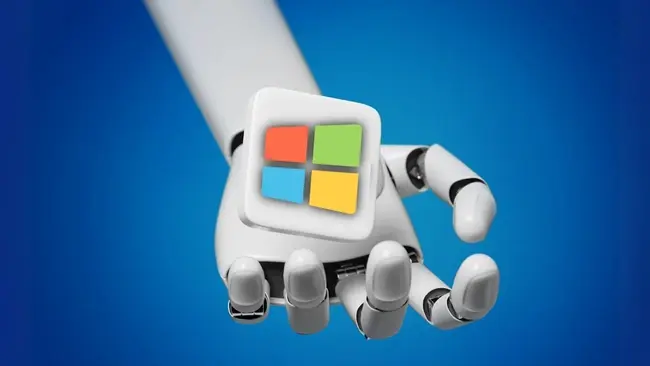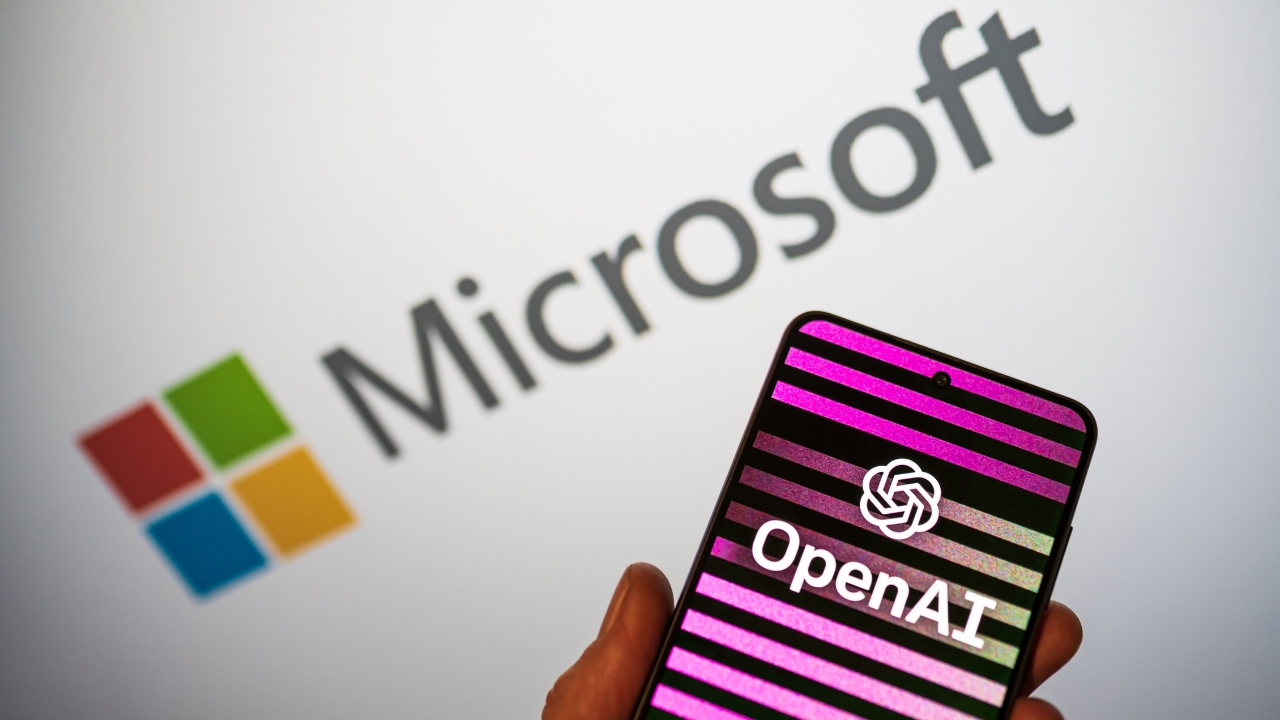
Microsoft may have invested a whopping $11 billion into OpenAI, but now it’s hungry for an even bigger slice of the AI pie.
According to a report by The Information, the tech giant is reportedly working on a new large language model (LLM) of its own – known internally as MAI-1 – that could rival some of the leading AI models in the industry, including OpenAI’s GPT-4 and Google’s Gemini Ultra.
It’s yet another move by the company to establish itself as a leader in the AI arms race, which continues to grip Silicon Valley and dominate conversations and funding across the tech space.
But what role will MAI-1 play in this race, and could it really rival GPT-4? Here's everything you need to know about MAI-1, including what it is, when it will launch, and how it compares to other LLMs such as GPT-4.
What is MAI-1?
MAI-1 is a new large language model (LLM) being developed by Microsoft that’s reportedly as powerful as other leading LLMs including OpenAI’s GPT-4 and Google’s Gemini Ultra.
The new model is being overseen by recently hired Mustafa Suleyman – co-founder of Google DeepMind and former CEO of AI startup Inflection – who joined Microsoft in March along with most of the startup’s employees through a deal worth $625 million.
Microsoft may reportedly use training data and certain other assets from Inflection AI to train MAI-1. The model’s training dataset is also said to include other types of textual data as well, including text generated by GPT-4 and content scraped from the web. Microsoft is reportedly carrying out the development process using a “large cluster of servers” equipped with Nvidia Corp. graphics cards.
The exact purpose of the MAI-1 is not yet known and will depend on how well the model performs.
But with a reported 500 parameters, the model is reportedly "far larger" than the smaller, open-source models Microsoft had previously trained.
The news arrives less than 2 weeks after Microsoft revealed that it was developing another open-sourced cost-effective small language model known as Phi-3 Mini.
According to the company, Phi-3 mini features 3.8 billion parameters and can outperform LLMs more than 10 times its size. Phi-3 is part of an AI series that also includes two other, larger neural networks with slightly better performance. It's unknown if MAI-1 is part of this series.
When will MAI-1 launch?
You is still in its testing phase and so isn't available to users just yet. But it's believed Microsoft could debut the model during its Build developer conference, which will kick off on May 16, if the model shows sufficient promise by then.
That could mean that the company expects to have a working prototype of the model within a few weeks if it doesn’t have one already.
MAI-1 vs GPT-4: How do they compare?
At 500 billion parameters, MAI-1 would be more powerful than GPT-3 but not as powerful as GPT-4, which is rumoured to have over 1 trillion parameters. More parameters are often associated with better performance in language models, so GPT-4 might have an edge in tasks requiring a wider range of knowledge or more nuanced understanding.
Still, such a configuration would allow MAI-1 to provide high response accuracy while using significantly less power than OpenAI’s leading LLM, meaning lower inference costs for Microsoft.

MAI-1’s 500 billion parameters also mark a larger amount than many other models. Microsoft’s Phi-3 Mini, for instance, only has 3.8 billion parameters, while Meta’s Llama 2 models have up to 70 billion parameters at last count.
If the model indeed features 500 billion parameters, that would make MAI-1 too complex to run on consumer devices, meaning Microsoft will most likely deploy the model in its data centres, where the LLM could be integrated into services such as Bing and Azure.
Ultimately, we'll need to wait for the release of MAI-1 and see how it performs in benchmarks and real-world applications to make a more definitive comparison.












